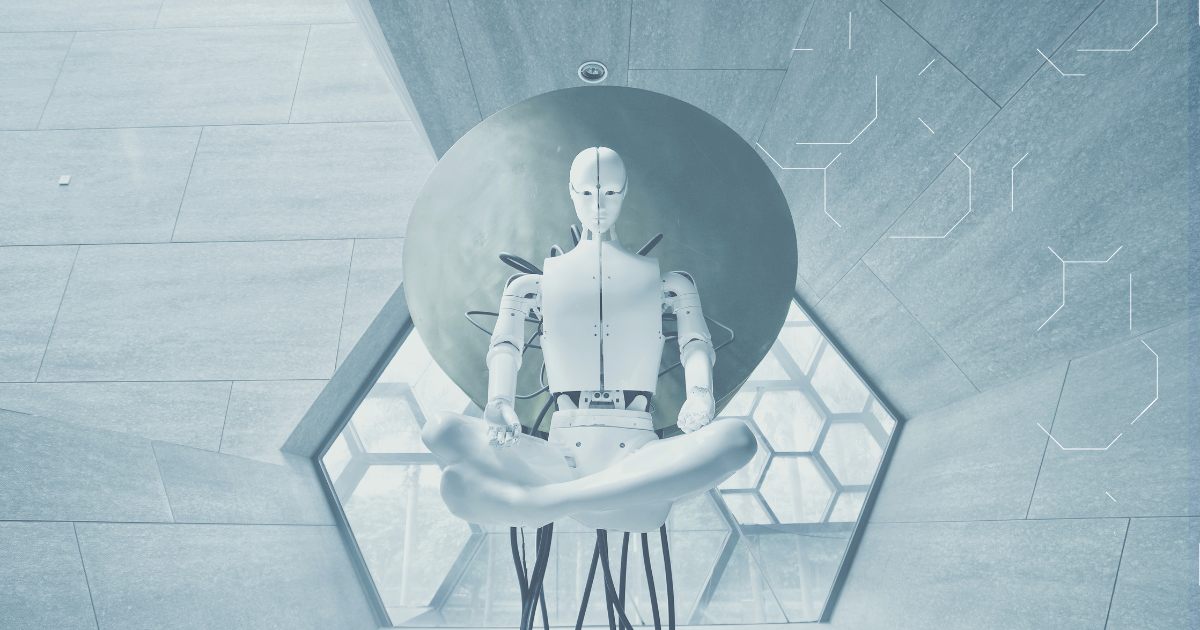Artificial intelligence (AI) has come a long way in recent years, with advancements in machine learning (ML) and natural language processing (NLP) leading to a new wave of intelligent technologies that are changing the way we live and work.
From self-driving cars to virtual assistants, AI is becoming an increasingly important part of our daily lives. But quietly floating alongside AI is another term: augmented intelligence.
In this blog post, we’ll dive into the fascinating world of artificial and augmented intelligence and exploring the impact these exciting technologies are having on our lives.
What is augmented intelligence?
According to Allied Market Research, the global augmented intelligence market size was valued at $11.73 billion in 2020. And is projected to reach $121.57 billion by 2030. If you are not yet familiar with the concept, now it’s a good time to learn more.
Augmented intelligence, also known as intelligence amplification (IA) , is a type of AI that focuses on enhancing human capability rather than replacing it. It involves the development of intelligent systems that can assist and empower humans to make better decisions, perform tasks more efficiently, and improve their overall productivity.
Like Robin Bordoli, the ex-CEO of Figure Eight said, “It’s not about machines replacing humans, but machines augmenting humans. Humans and machines have different relative strengths and weaknesses, and it’s about the combination of these two that will allow human intentions and business processes to scale 10x, 100x, and beyond that in the coming years.”
What’s the difference between artificial and augmented intelligence?
While these technologies may sound similar, they are actually quite different. Unlike traditional AI systems, which are designed to perform tasks autonomously, augmented intelligence systems are designed to work alongside us, humans. They provide the tools and information that can help humans be more effective and efficient.
Here are some key differences between these two technologies:
- Purpose: AI automates tasks requiring human intelligence, while IA enhances human decision-making.
- Decision-making: AI systems make decisions on their own, while IA supports human decision-making with suggestions.
- Human involvement: AI operates without human intervention, while IA emphasises collaboration between humans and robots.
- Outcome: AI can create intelligent agents and virtual assistants, while IA enhances human capabilities.
- Data analysis: Both AI and IA can analyse data, but the first focuses on identifying patterns, while the other provides relevant information for human decision-making.

What’s the difference between human intelligence and augmented intelligence?
Human intelligence refers to the cognitive abilities that allow individuals to process information, make decisions, and solve problems. Augmented intelligence, on the other hand, refers to the use of AI technology to enhance and supplement human intelligence.
If you need to ingest a vast amount of data, or do something over and over again with no margin for error, augmented intelligence is probably the answer your are looking for.
It is worth mentioning that even if people are starting to fear that AI could leave them without jobs, it’s still not the case. Humans are bringing a lot of advantages to the table.
We have an incredible capability of generalising information, with a small amount of data we can understand the concept that it represents. We have the ability to solve different types of problems and express our findings in an easy way, using our own ideas, that is how creativity is described. And maybe the most important advantage of human intelligence is emotion. This gives us the capacity to understand the actions of others. It helps us to empathise and treat each situation in a certain way given the emotion felt at that moment.
Is ChatGPT augmented intelligence?
ChatGPT is a language model that can generate human-like text, but it is not considered an example of augmented intelligence. ChatGPT is an example of AI, as it is able to generate text autonomously. However, it could be used as an example of this technology if it was used in a way that enhances human capabilities, such as providing suggestions or helping with language translation.
Bottom line
Augmented intelligence is an exciting area of AI that has the potential to transform the way we live and work. By enhancing human intelligence and capabilities, it improves our efficiency, effectiveness, and success in our life. And as technology continues to evolve, we can expect to see more and more examples of this technology in our daily activities.
As a closing note, the process of writing this article is a great example of augmented intelligence. The capability of writing it was enhanced by using ChatGPT, the viral chatbot that everyone is talking about.
If you want to learn more about how these technologies can help your business, get in touch with our team.
Want to receive updates from us?
Get the latest insights on AI, data and technology straight to your inbox.
No noise, just smart thinking from the team at Braidr.


